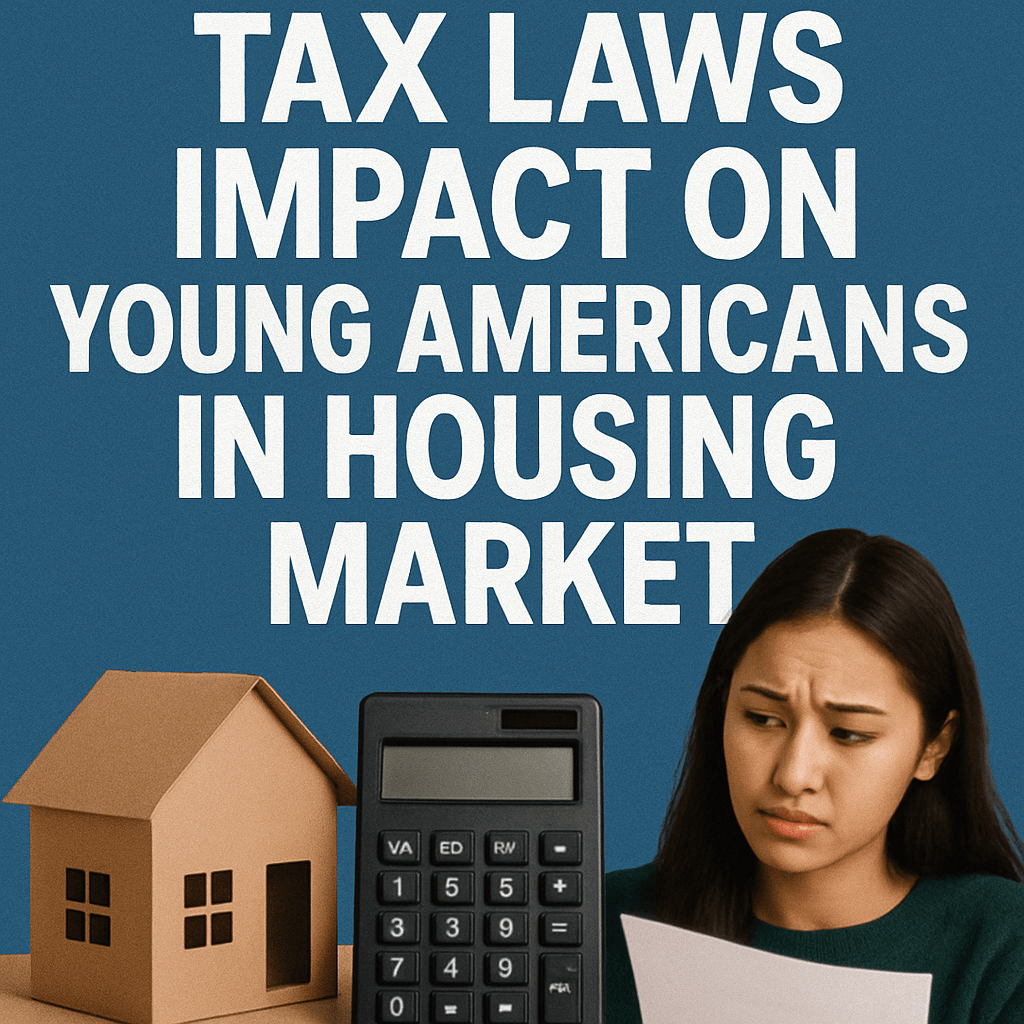Tax Laws Impact on Young Americans in Housing Market

Over the past decade, homeowners across the United States have witnessed a meteoric rise in property values, a trend that accelerated significantly in the aftermath of 2020. This surge in home prices has not only made homeownership increasingly unattainable for younger generations but is also exacerbated by an outdated federal tax regulation that discourages current homeowners, particularly older Americans, from selling their properties. The implications of this rule are wide-ranging, affecting market dynamics and limiting access for first-time buyers.
Historical Context: The 1997 Capital Gains Tax Exemption
To fully grasp the current situation, one must revisit 1997, when Congress enacted a capital gains tax exemption allowing married couples to exempt up to $500,000 in capital gains from the sale of their primary residence. To qualify, homeowners must have lived in the home for at least two of the previous five years.
Although this tax exemption provided significant financial relief at the time, it has not adjusted for inflation, effectively diminishing its value over the years. As home values have soared in many real estate markets—most notably in states such as California, Florida, and New York—the exemption remains firmly fixed, creating an uneven playing field between seasoned homeowners and prospective buyers.
Impact on Housing Supply
As housing prices continue to climb, many homeowners find themselves facing capital gains taxes upon selling their homes. According to a 2024 report from the real estate data firm CoreLogic, nearly 8% of homes sold in 2023 exceeded the capital gains tax exemption threshold—a notable increase from just 3% in 2019. This shift indicates that a growing number of homeowners are being financially impacted as property values rise beyond the current exemption limit.
Back in the early 2000s, post-1997 tax law enactment, the percentage of home sales exceeding this limit was a mere 1.3%—approximately 38,000 transactions per year. This stark contrast sheds light on how inflation and appreciating home values have increasingly pushed the tax burden onto sellers.
The Consequences: Holding Onto Homes
According to real estate experts like Ken DeLeon of DeLeon Realty, the existing capital gains tax structure has led to unintended consequences. Many older homeowners, particularly those who are married, are choosing to remain in their long-time residences. The stepped-up basis rule allows surviving spouses to inherit a property with its value adjusted to fair market value upon death, effectively sidestepping substantial capital gains taxes if they decide to sell later. This incentivizes older homeowners to stay put, further constricting available housing supply for younger families.
Broader Economic Ramifications
The ramifications of this housing market stagnation extend beyond just individual buyers and sellers. When older homeowners remain in their properties, it creates a bottleneck in the housing supply chain, limiting the available inventory for younger families eager to enter homeownership. This limited supply coupled with continued demand has resulted in escalating home prices, which, in turn, raises the capital gains threshold.
DeLeon advocates for an indexation of the capital gains exemption to inflation, arguing that adjusting this figure would inject new supply into the market, particularly in high-demand areas like San Francisco. However, acknowledging that this adjustment alone won’t solve the country’s housing shortage is vital.
State-Level Challenges: Taxes and Regulations
Additional factors complicate the issue at the state level. For instance, in places like California, Proposition 13 restricts property tax increases for longstanding homeowners, creating a disincentive to sell. This combination of state and federal tax implications contributes to what DeLeon describes as a “negative feedback loop.” As more homeowners choose to hold on to their properties to avoid taxes, the ongoing demand further drives price increases, exacerbating affordability challenges for younger buyers.
A Practical Recommendation
Experts agree that a multi-faceted approach is necessary to tackle this crisis effectively. “It’s inefficient,” DeLeon states, noting that while young families seek access to homes, many older Americans are trapped by their financial circumstances, which supersede their desire to downsize.
- Adjusting the Capital Gains Exemption: Until a permanent legislative fix is enacted, indexing the capital gains exemption to inflation could ease pressure on senior homeowners.
- Policy Reformation: Addressing state-level tax laws to encourage aging homeowners to sell could create more opportunities for younger buyers.
- Incentives for New Construction: Encouraging new construction through tax incentives and streamlined zoning regulations could amplify housing supply.
As the housing market becomes more competitive, policymakers must heed the economic realities shaping homeownership for younger generations.
Conclusion: The Need for Action
Ultimately, the outdated capital gains laws and related state regulations create significant complications in the U.S. housing market. While legislative adjustment may seem daunting, proactive measures are essential for restoring balance and improving access to homeownership for future generations. Without these changes, many young Americans may continue to face an uphill battle in achieving the American Dream of homeownership.